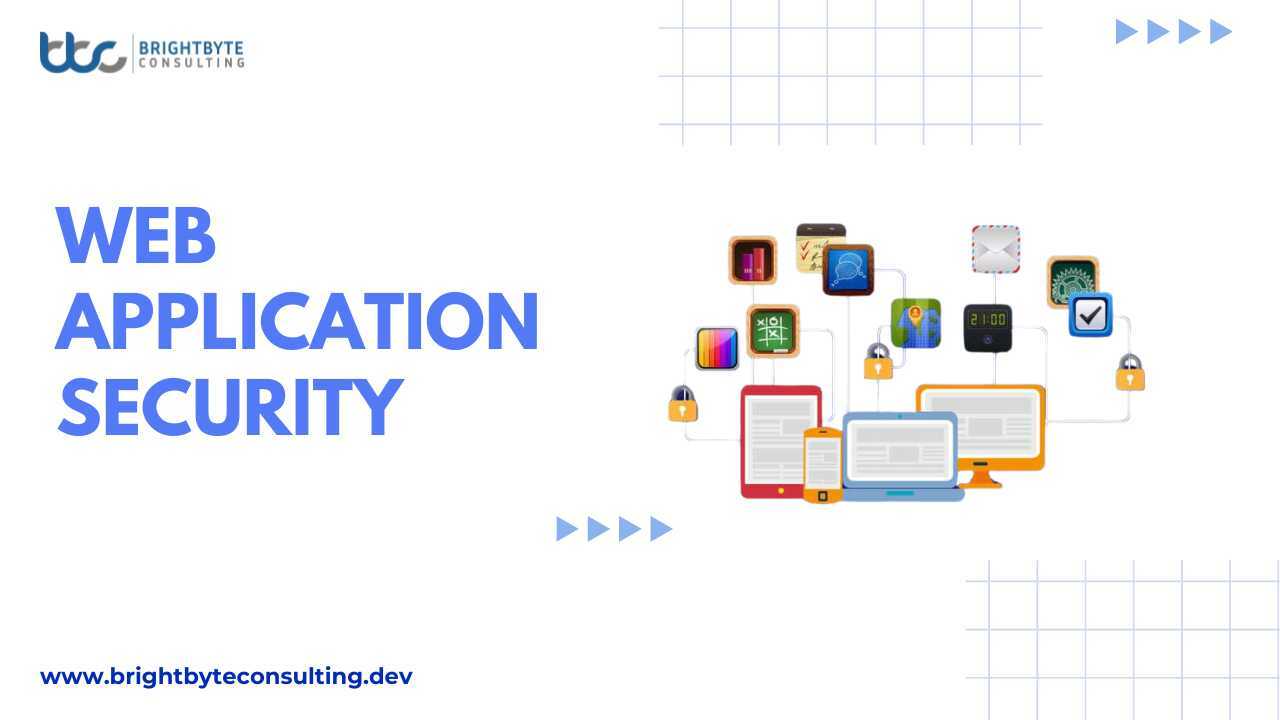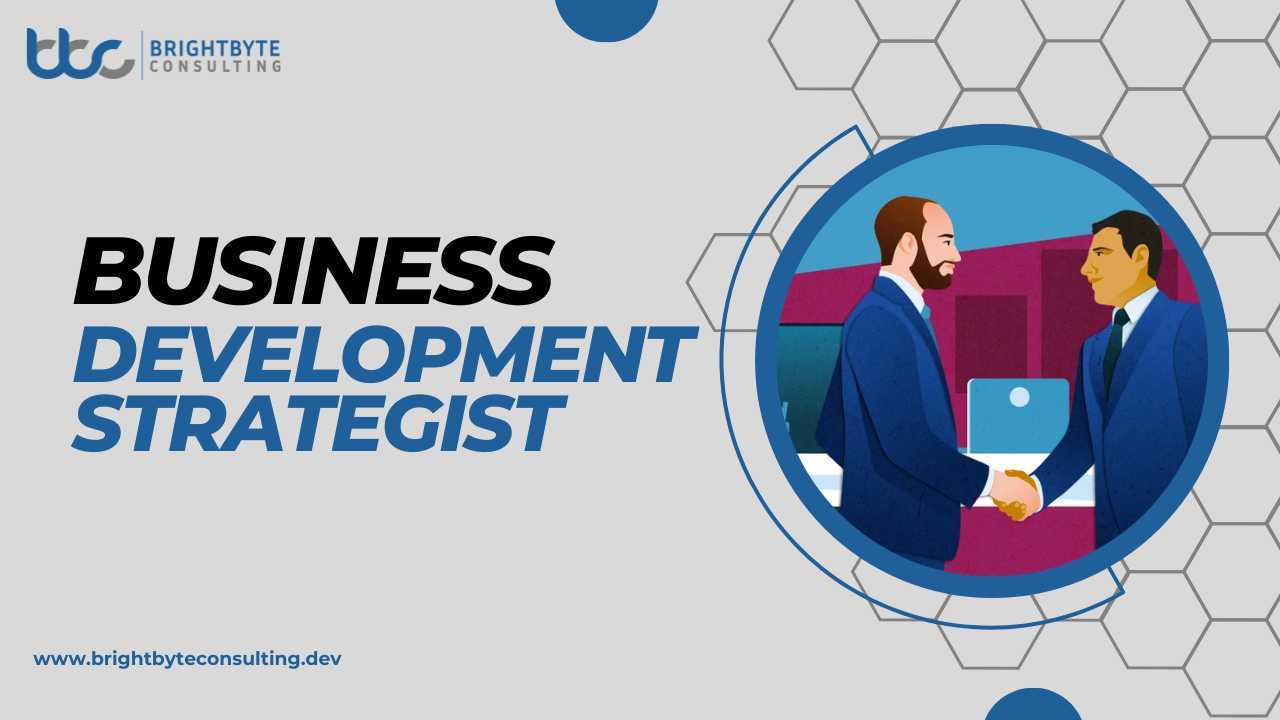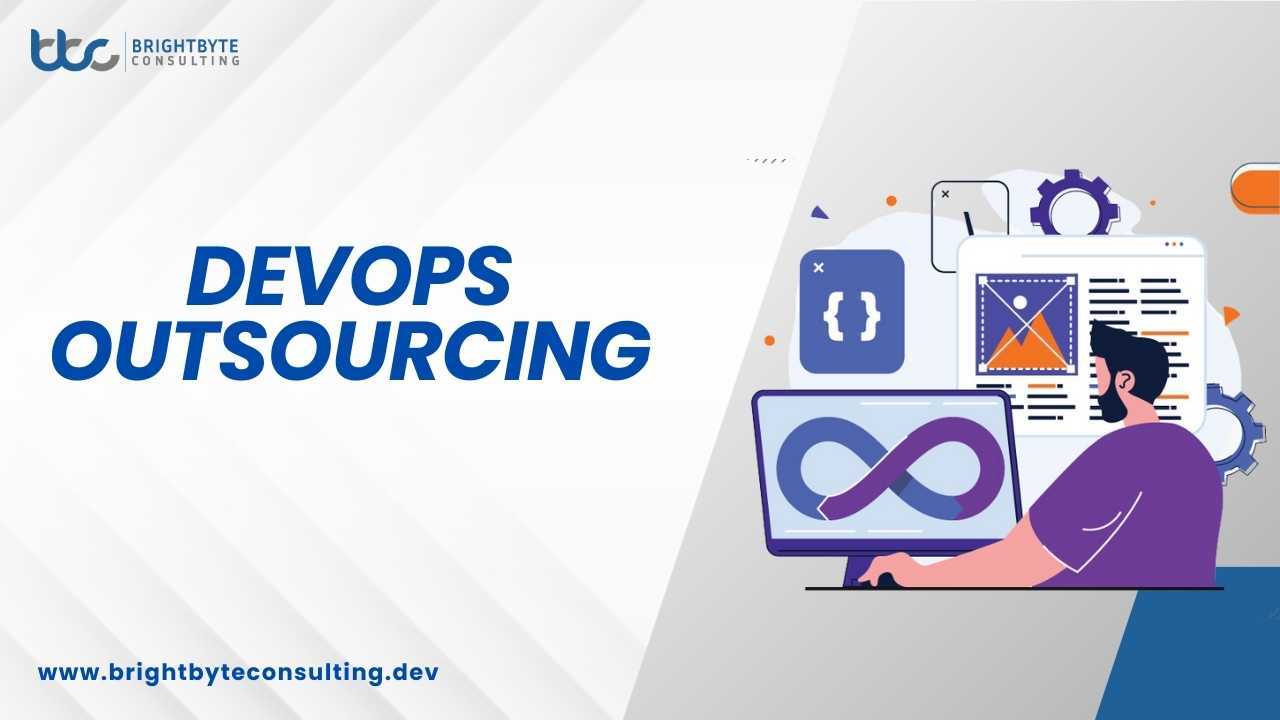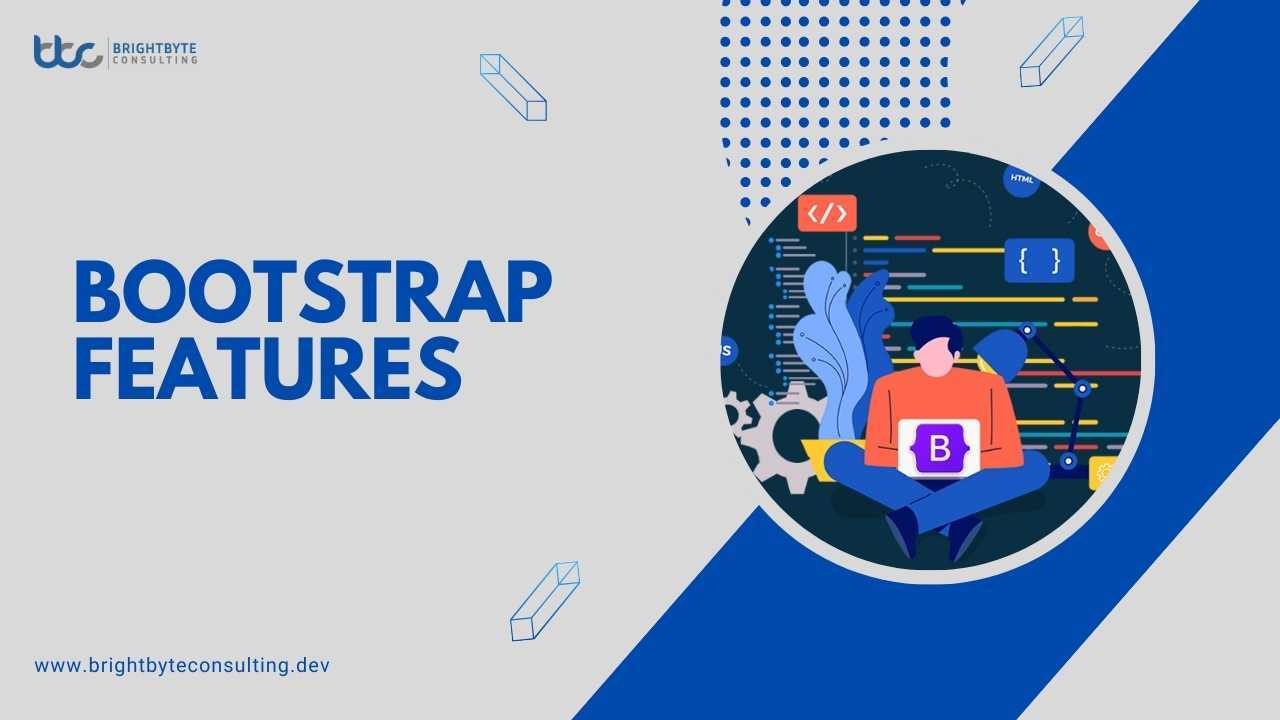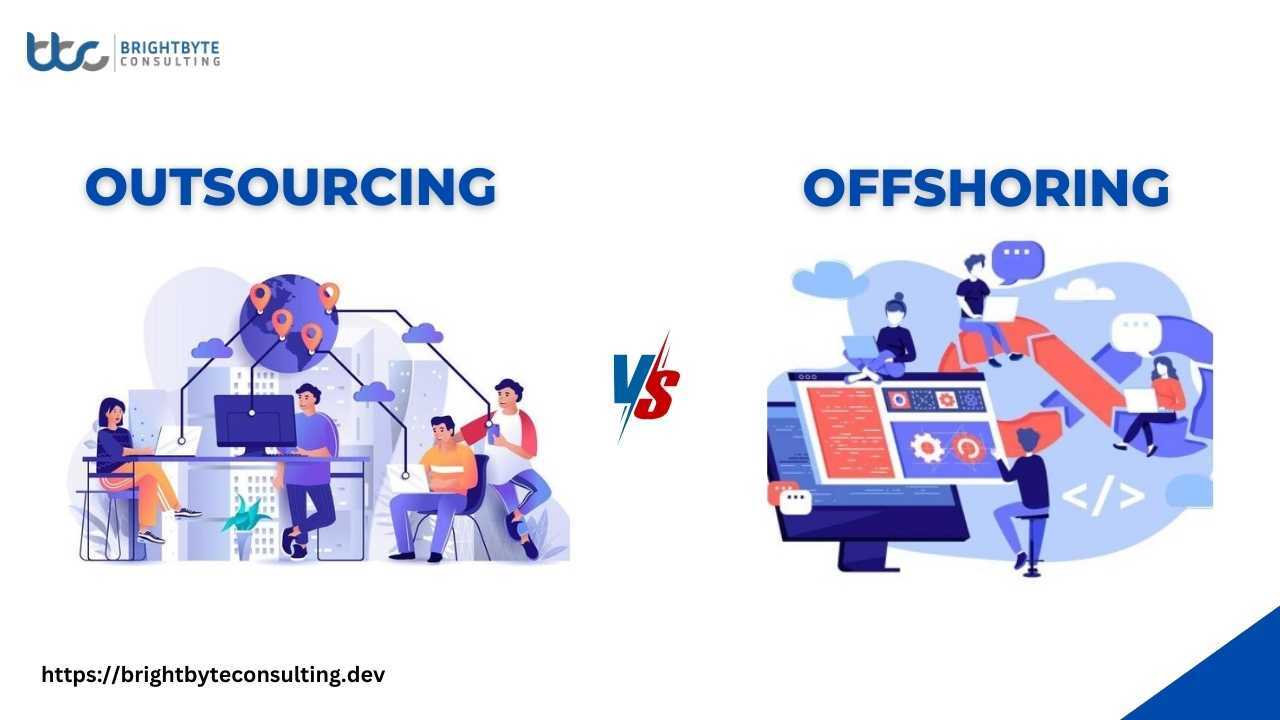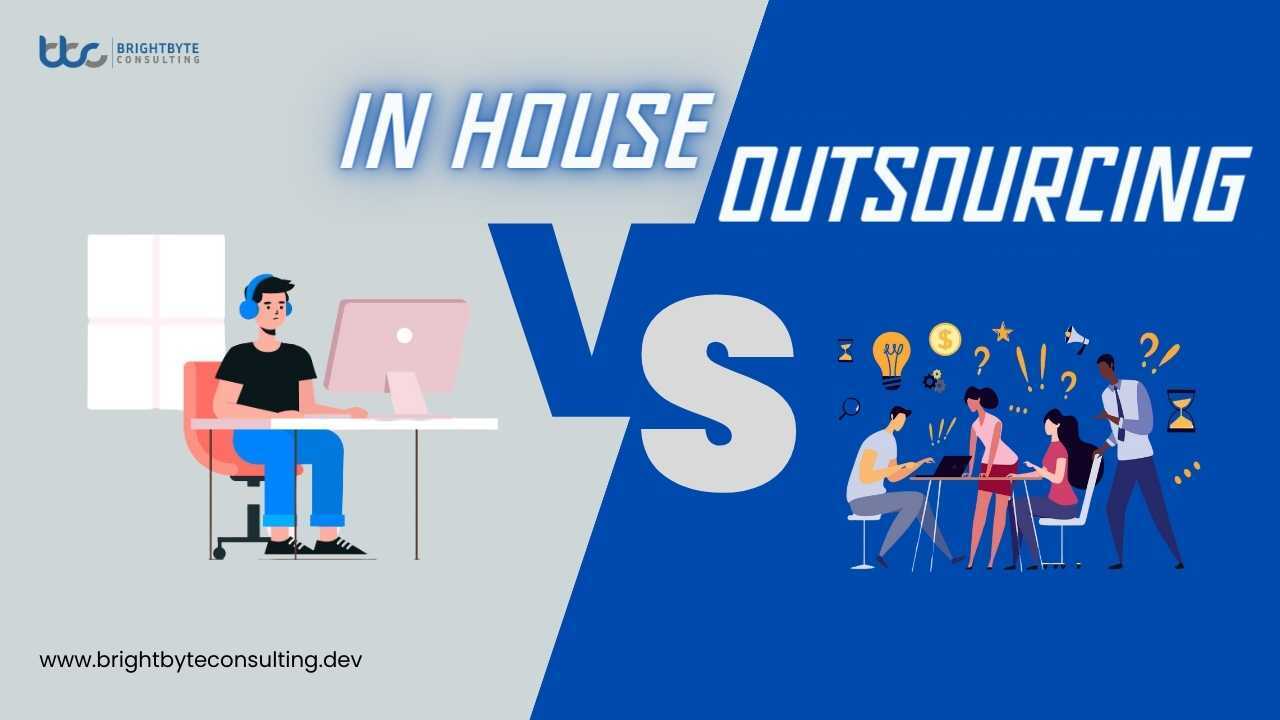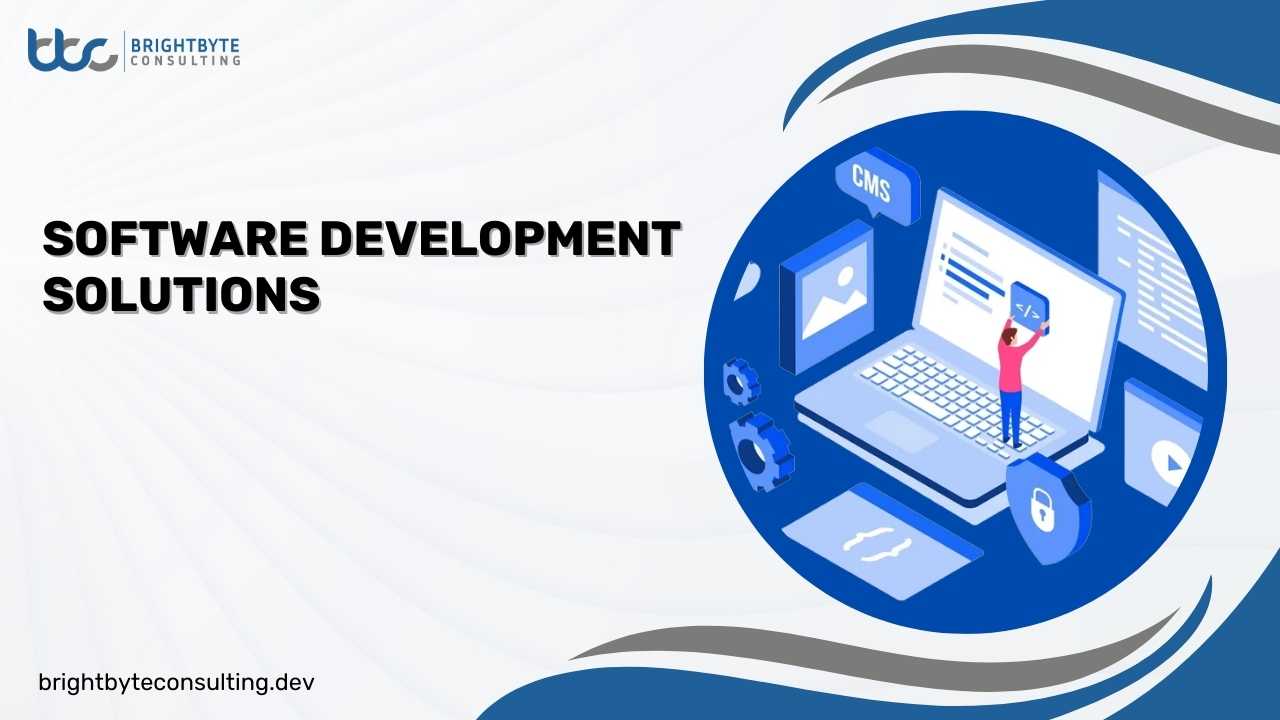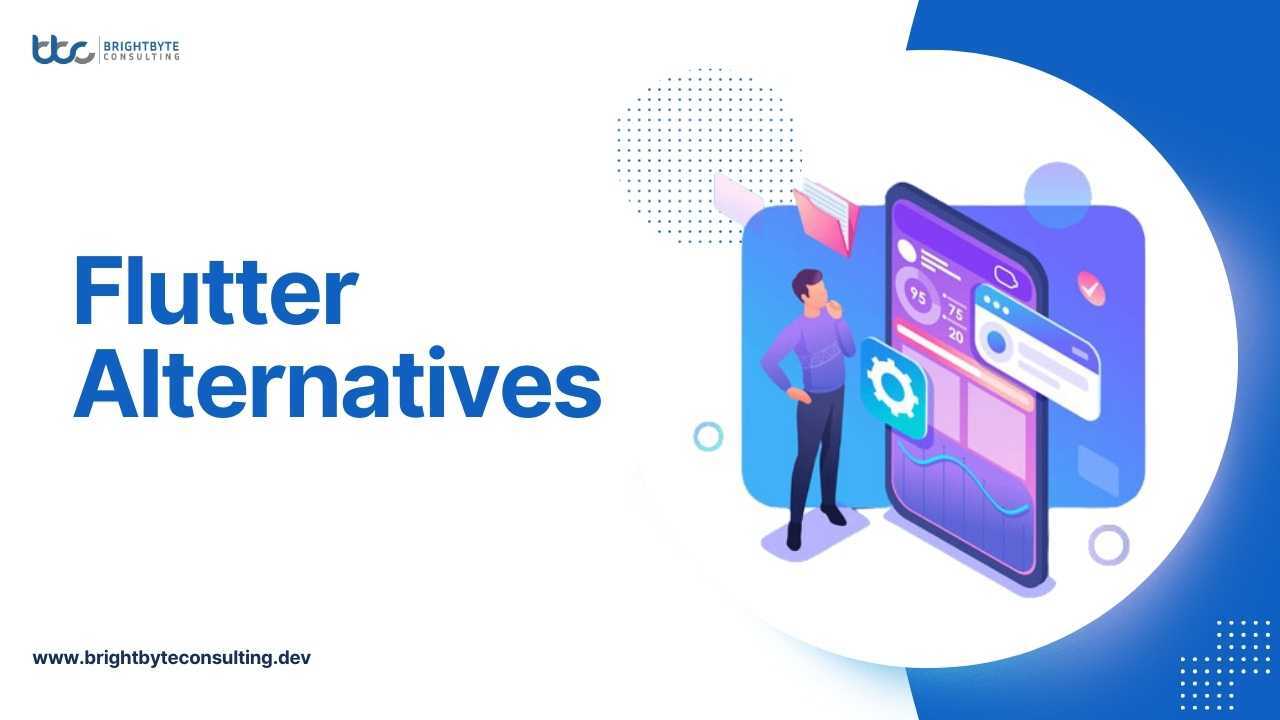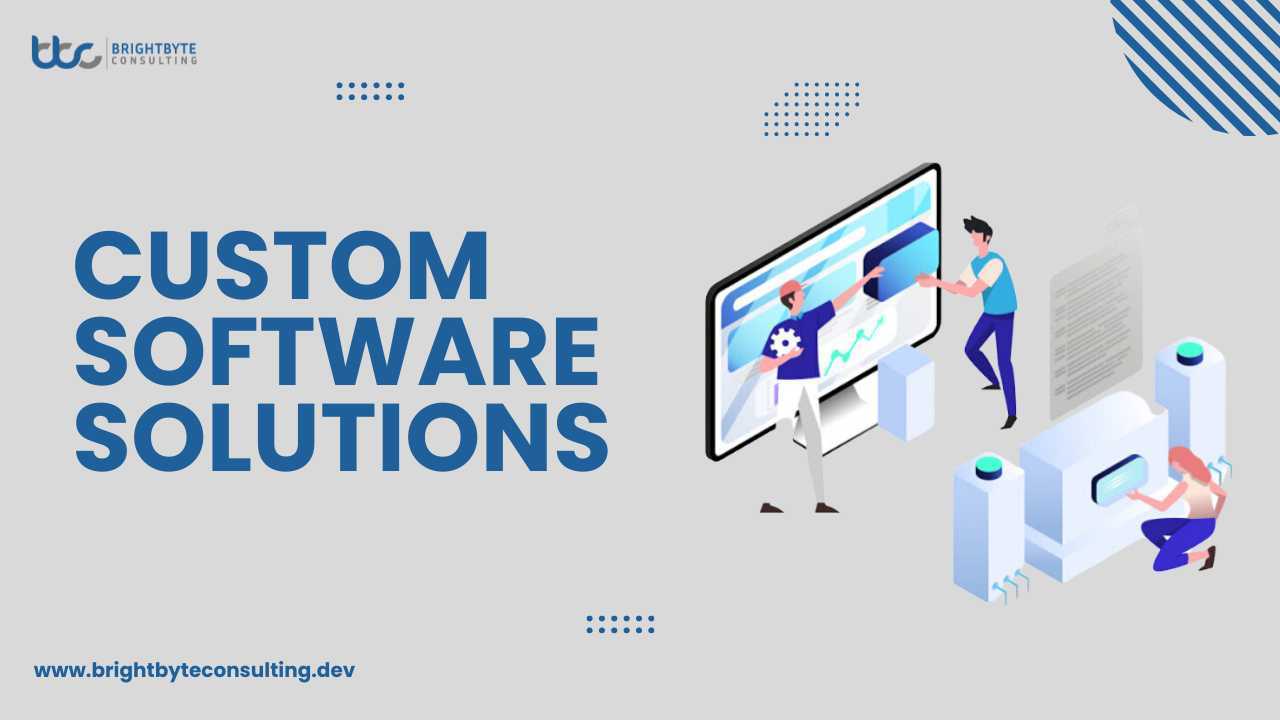Navigate the twists and turns of the digital future with us, where the only constant is change, and every innovation fuels the next big breakthrough. The digital future landscape has changed everything. The way we communicate, work, navigate, everything has changed. All of this is due to the digital future. Digital technologies have changed rapidly more than any innovation in our history. In this article we will discuss the current and emerging technologies in the digital future landscape.
Digital Transformation: A Necessity, Not an Option
Digital transformation is the process of implementing digital strategies and technologies by an IT consulting organisation for creating new or for modification of existing products. Organisations go through the process of digital transformation so that they can improve their workforce and better engage their customers. In the digital future landscape, digital transformation is guided by 5 Is which are:
- Ideate
- Identity
- Innovate
- Implement
- Iterate
7 Principles for a Flourishing Digital Future
Following are some of the principles that you need to consider if you want to have a flourishing digital future:
- Plan for the Future and thin long term especially when it comes to AI
- Keep Learning and educate yourself.
- It’s better when you share and learn from each other. You learn a lot of new things.
- Be Careful and Thorough
- Keep Your Life, Business, and Data Safe
- Think Big
- Use AI Responsibly
Emerging Technologies & Trends
Technology is changing on a daily basis and with the start of the year 2024 it’s time to explore the new trends and technologies. From artificial intelligence to virtual reality there are many trends that you need to keep an eye on. So get ready to dive into the exciting world of technology foresight, where we unravel tomorrow’s wonders today.
Artificial Intelligence
Artificial Intelligence (AI) means machines or computers doing things that usually need human smarts. They copy human thinking to fix problems. Lots of people like AI because it quickly solves tough issues in many industries. AI includes various tech like machine learning, talking like humans, seeing things, and robots.
Pros and Cons of AI
Following are some of the pros and cons of artificial intelligence in the digital future:
| Pros Of AI | Cons Of AI |
| Automates repetitive tasks | Job displacement concerns |
| Enhances efficiency | Initial high implementation costs |
| Enables 24/7 operations | Security and privacy risks |
| Facilitates data analysis | Dependence on technology |
| Improves decision-making | Lack of emotional intelligence |
| Advances in research | Ethical concerns |
| Supports medical diagnosis | Potential for bias in algorithms |
Augmented Reality
Augmented Reality (AR) is like magic on your devices. It adds computer-made stuff to what you see around you. It’s not like being in a whole new digital world, but more like having cool extras added to your real world through your phone, tablet, smart glasses, or AR headsets.
Pros and Cons of Augmented Reality
Following are some of the pros and cons of augmented reality:
| Pros of Augmented Reality | Cons of Augmented Reality |
| Enhances user experience | Technical challenges |
| Adds interactive elements | High development costs |
| Improves learning and training | Privacy concerns |
| Enhances visualisation | Potential for distraction |
| Facilitates real-time data | Limited hardware compatibility |
| Useful in various industries | User adaptation challenges |
| Fosters innovative applications | Safety concerns in some cases |
Computing Power
In this digital future era, computing power has already made its place. Now almost everything is computerised. And in the current year 2024 it is predicted that computing power will further increase. From data science to robotics to customer care, computing power is needed everywhere. Along with this due to computing power more jobs are also being generated.
Pros and Cons of Computing Power
Following are some of the pros and cons of computing power:
| Pros of Computing Power | Cons of Computing Power |
| Faster problem-solving | High energy consumption |
| Advances in technology | Environmental impact |
| Improved data processing | Privacy concerns |
| Enables complex simulations | Dependence on electricity |
| Accelerates scientific research | High initial costs |
| Enhances artificial intelligence | Security vulnerabilities |
Virtual Reality
Virtual Reality (VR) is like using special technology that makes you feel like you’re inside a different, 3D world created by a computer. It’s not flat like regular screens; it feels real, and you can do things in this make-believe world, like moving around and interacting with stuff. Virtual reality can be applied in various fields, including gaming, education, healthcare, training simulations, and virtual tourism.
Pros and Cons of Virtual Reality
Following are some of the pros and cons of virtual reality:
| Pros of Virtual Reality | Cons of Virtual Reality |
| Immersive experiences | High initial costs |
| Enhanced learning | Motion sickness for some users |
| Realistic simulations | Limited content availability |
| Virtual travel exploration | Potential for social isolation |
| Training and skill development | Health concerns |
| Entertainment innovation | Hardware requirements |
| Architectural visualisation | Ethical considerations |
Smart Devices
How can we forget about the smart devices which are an emerging trend in the digital future? Regarding future-oriented solutions, smart devices are one of the best options you could have. Smart devices are sticking around in 2024 and beyond. Data scientists are busy creating AI robots for homes, smart appliances, work gadgets, wearables, and lots more! Almost every job now uses clever software to make work easier.
Pros and Cons of Smart Devices
Following are some of the pros and cons of smart devices:
| Pros of Smart Devices | Cons of Smart Devices |
| Convenience and Efficiency | Privacy and Security Concerns |
| Connectivity and Control | Initial Cost and Maintenance |
| Energy Efficiency | Dependence on Technology |
| Automation of Tasks | Potential for Malfunctions |
| Access to Information | Limited Compatibility |
| Improved Communication | Data Collection and Sharing |
Conclusion
To conclude, in the world of digital future, constant change is the only rule. From Artificial Intelligence (AI) to Augmented Reality (AR), Computing Power to Virtual Reality (VR), and Smart Devices, each tech wave brings both promise and pitfalls. Bright byte consultants are here to help you. Think of us as your strategic advisor, helping you navigate the complexities of digital transformation. We specialise in future-oriented solutions and offer insights into IT consulting, innovation guidance, and digital strategies. With a focus on technology foresight and future-proofing, these advisors play a key role in tech planning. In a world where technology evolves rapidly, having someone to offer technology guidance and strategic foresight is like having a compass for the future. As tech consultants we will act as your partners, helping you understand and adapt to the changes.
FAQs
What are the emerging technology trends?
Answer: The emerging technology trends are given below:
- Artificial Intelligence (AI) and Machine Learning
- Augmented Reality
- Virtual Reality
- Computing Power
- Smart Devices
- Datafication
- 5G Connectivity
How can digital technology change the future?
Answer: Digital technology is changing the future in many ways. It helps make things work better and saves money in different industries. With digital tech, we can talk to anyone in the world right away. It’s like breaking down walls and connecting everyone.
Which tech is the future?
Answer: If we talk about the future the most impactful technology seems to be artificial intelligence (AI).
What is digital transformation?
Answer: Digital transformation is the process of implementing digital strategies and technologies by an IT consulting organisation for creating new or for modification of existing products.
What is the digital future?
Answer: The digital future refers to the evolving landscape shaped by technological advancements, influencing how we live, work, and interact. It encompasses trends like artificial intelligence, augmented reality, and smart devices.


